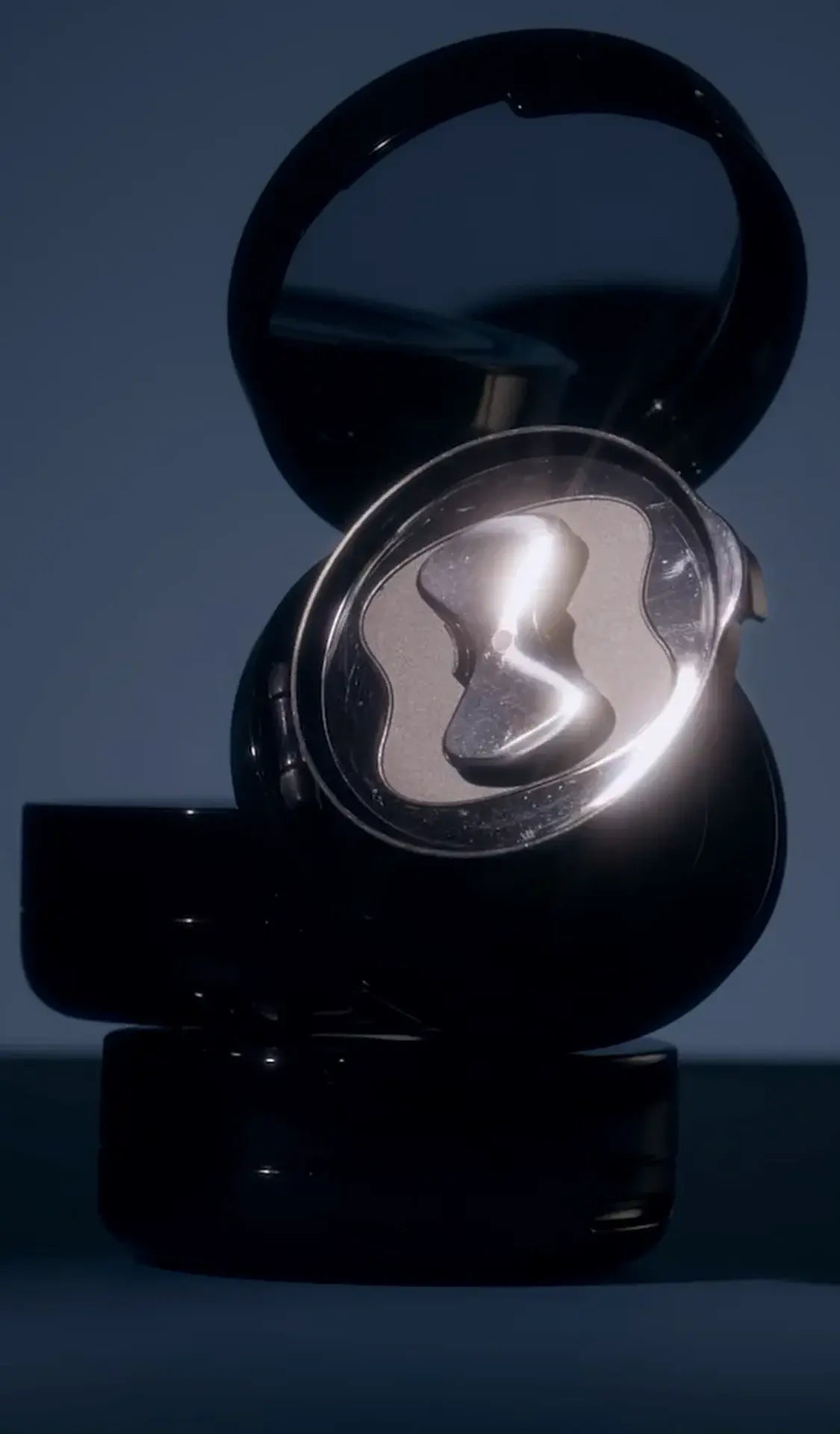04
Reinventing Skin Care for a New Era
Redefining our relationship with our skin starts by partnering with it, rather than treating it like a problem that needs to be solved. Most of us do not struggle with major skin diseases or disorders. Rather, we have the enormous privilege of simply maintaining an organ that is already healthy and functional. This means we can do less to fight against its natural function–supporting our skin as it ages rather than working against it.This is the approach to skin health that powers OneSkin. Rather than overloading your skin with ten-step regimens or harsh active ingredients, we believe in the power of simple rituals backed by validated research. Our Topical Supplements, powered by the OS-01 peptide, help your skin be more – boosting epidermal thickness, supporting barrier function, and improving aging markers at the molecular level. [3,4] It’s a new approach to skin care where the products you use work to improve your skin health first–resulting in visible improvements that are more than surface-deep.Reframing your relationship with your skin is no small task. But every time you remember to appreciate your skin as a vital part of your health, your experiences, and your story, you’re one step closer to dismantling damaging beauty standards. Join us in welcoming a new era where skin of all ages, tones, and appearances is seen as healthy, beautiful and appreciated.



